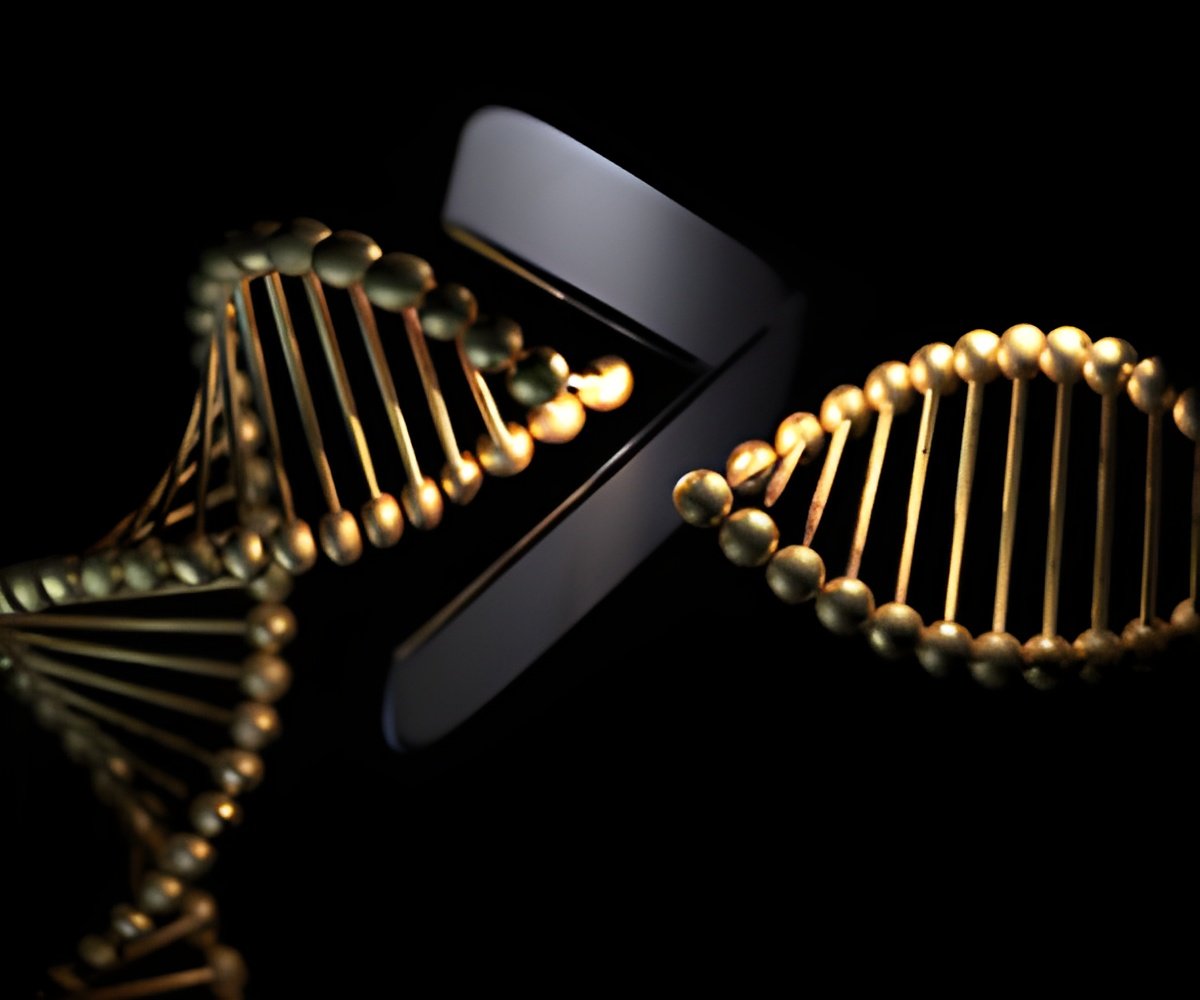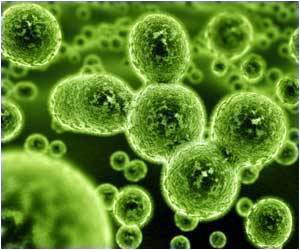New insights into DNA gyrase, gained through high-resolution cryo-electron microscopy, could pave the way for more effective antibiotics.

Scientists from Durham University, Jagiellonian University (Poland), and the John Innes Centre have made a significant advancement in understanding DNA gyrase, an essential bacterial enzyme and a major target for antibiotics (1✔ ✔Trusted Source
New mechanism in bacterial DNA enzyme opens pathways for antibiotic development
).
This enzyme, found in bacteria but not humans, is essential for supercoiling DNA, a process vital for bacterial survival.
Using high-resolution cryo-electron microscopy the researchers reveal unprecedented detail of gyrase’s action on DNA, potentially opening doors for new antibiotic therapies against resistant bacteria.
The research is published in Proceedings of the National Academy of Sciences (PNAS).
Advertisement
DNA Gyrase: A Molecular Machine
DNA gyrase operates like a tiny molecular machine, carefully twisting and stabilizing bacterial DNA. This twisting, known as supercoiling, is similar to winding an elastic band: as it twists, it coils tighter and tighter.
Unlike a band that would unwind if released, DNA gyrase stabilizes DNA’s twisted form, making it functional for bacteria.
The enzyme wraps DNA in a ‘figure-of-eight’ loop, then precisely breaks and passes strands through each other, resealing them afterwards. This is a delicate process—if the DNA remained broken, it would be lethal to the bacteria.
Advertisement
The Growing Threat of Antibiotic Resistance
Antibiotics such as fluoroquinolones exploit this vulnerability by preventing DNA resealing, which kills the bacterial cell. However, resistance to these antibiotics is growing, so a deeper understanding of how gyrase functions is urgently needed.
Advertisement
How Gyrase’s Protein Arms Wrap DNA
Using state-of-the-art cryo-electron microscopy, the team captured a snapshot of gyrase at work, revealing how it wraps DNA through outstretched protein arms to form the figure-of-eight shape.
This finding updates the conventional view of gyrase’s mechanism, which has been studied for decades. The images show the enzyme as a highly coordinated, multi-part system, with each piece moving in a precise sequence to achieve DNA supercoiling.
Overcoming Antibiotic Resistance with New Gyrase Inhibitors
Reflecting on the study findings, co-author Professor Jonathan Heddle of Durham University said: “The results suggested the exact position and the order of the complex moving parts of the enzyme during when the supercoiling process occurs were not quite as we previously thought, and this could impact how we design new inhibitors.”
This discovery not only advances our knowledge of bacterial biology but also holds promise for new antibiotics designed to block gyrase in a more targeted way, bypassing existing resistance mechanisms.
Towards Next-Generation Antibiotics
With this high-resolution structure as a guide, researchers aim to take additional snapshots of the enzyme in various stages, building a molecular movie of how gyrase works.
This detailed approach could aid in the development of next-generation antibiotics that are more precise and effective in stopping bacterial infections.
Reference:
- New mechanism in bacterial DNA enzyme opens pathways for antibiotic development – (https://phys.org/news/2024-11-mechanism-bacterial-dna-enzyme-pathways.html)
Source-Eurekalert



